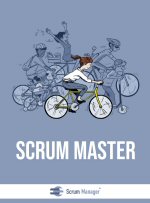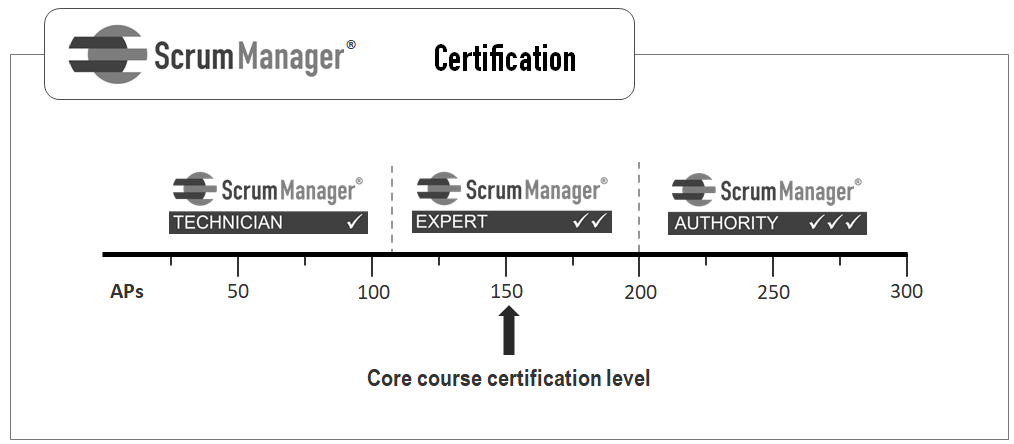Core Subject Area I: Scrum Master


Goal
 To know and understand the technical framework of scrum. Orign of
the model, principles and practices it uses to manage projects in
an agile and evolutive way. The course teaches the main components
of scrum and how they work, alongside the deeper reasons and
considerations for the model's implementation.
To know and understand the technical framework of scrum. Orign of
the model, principles and practices it uses to manage projects in
an agile and evolutive way. The course teaches the main components
of scrum and how they work, alongside the deeper reasons and
considerations for the model's implementation.
At this course, students learn all the necessary information to start working with scrum. Roles, events, and artifacts whch are part of the framework of scrum's standard techniques, as well as rules for its implementation and operation.
Once these main rules for operation with scrum are understood, Scrum Manager's course teaches how to evolve and improve, aiming for a model of advanced scrum. It provides the keys to boost fluency and results using scrum. To keep a sustainable and constant rythm of production, using deliveries marked by sprints or a continuous flow of development indistinctly.
Adapting practices and roles to the organization, in order to achieve self-organization based on the principles of scrum, rather than in the implementation of standard rules.
This training is based on practice: scrum simulations, producto plan, product backlog, agile estimation, videos, and simulation exercises.
Those students who wish to make and pass the training exercisies at the end of the course, will obtain Scrum Manager's official certificate with an Expert level, equivalent to 150 academic Authority Points (SPs), as well as the academic certification as Scrum Master.
Some opinions of students who have done this course
It includes:
- Material, notes and resources for activities and exercises.
- Simulation activities and exercises for all components and concepts covered by the course.
- Scrum Manager's test and official certification (150 SPs)1

Content
Standard scrum framework
- Introducción.
- Descripción de Scrum y de los elementos que lo componen.
- Pila del producto (product backlog).
- Planificación del sprint (reunión).
- Pila del sprint (sprint backlog).
- El incremento.
- Reunión de seguimiento diario.
- Roles y responsabillidades para la ejecución del proyecto.
- Reunión de revisión del sprint.
- Métrica, estimaciones y velocidad.
- Las unidades.
- Gráfico de avance (burn down).
- Gráfico de producto (burn up).
- Estimación de póquer.
Scrum avanzado
- Metodologías de gestión de proyectos, vistas desde su “mapa de coordenadas”
- Incremento iterativo e incremento continuo.
- Conceptos y patrones de gestión de proyectos.
- Personas, procesos y tecnología
- Responsabilidades de Scrum a nivel de gestión.
- Trabajando con tableros kanban: conceptos.
- Trabajando con tableros kanban: operativa.
- Muda, Mura y Muri. Consejos para ajustar el flujo de tareas
Information about in-company or group courses.: admin@scrummanager.com